Human Orbital Spaceflights
![]()
International Flight No. 72Soyuz 37Soyuz 36TerekUSSR |
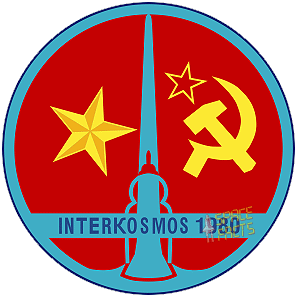 |
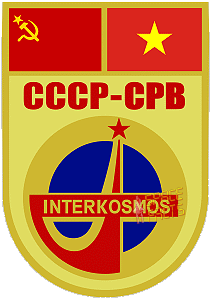 |
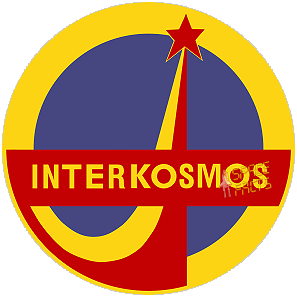 |
||
![]()
Launch, orbit and landing data
walkout photo |
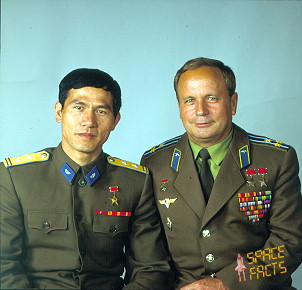 |
|||||||||||||||||||||||||||||||
alternative crew photo |
alternative crew photo |
|||||||||||||||||||||||||||||||
alternative crew photo |
alternative crew photo |
|||||||||||||||||||||||||||||||
alternative crew photo |
alternative crew photo |
|||||||||||||||||||||||||||||||
Crew
| No. | Surname | Given names | Position | Flight No. | Duration | Orbits | |
| 1 | Gorbatko | Viktor Vasiliyevich | Commander | 3 | 7d 20h 42m 00s | 124 | |
| 2 | Pham | Tuân | Research Cosmonaut | 1 | 7d 20h 42m 00s | 124 |
Crew seating arrangement
|
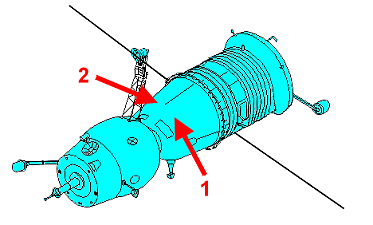 |
|
||||||||||||
Backup Crew
|
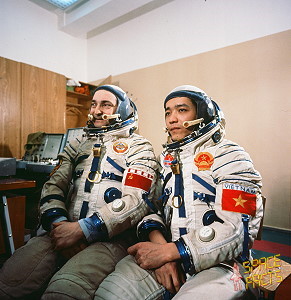 |
|||||||||||||||
alternative crew photo |
||||||||||||||||
alternative crew photo |
||||||||||||||||
alternative crew photo |
Hardware
| Launch vehicle: | Soyuz-U (No. P15000-238) |
| Spacecraft: | Soyuz 37 (7K-T No. 53) |
Flight
|
Launch from the Baikonur Cosmodrome and
landing with Soyuz 36 capsule 180 km
southeast of Dzheskasgan. Soyuz 37 marked the sixth Intercosmos mission (with Pham Tuân, the first cosmonaut from Vietnam). Following a one-day solo flight Soyuz 37 docked with the Salyut 6 space station on July 24, 1980 and common work with the fourth resident crew was done. Pham Tuân and his crewmate had to perform 30 experiments including photography of the Earth surface, especially observing Vietnam from space. Other experiments were comprehensive test of lungs function, life sciences (including tests of growth of Vietnamese azolla water ferns) and materials processing. As well, engineering studies were also carried out. These had been set up by Dr. Tran Huam Hoai of the State Research Center of Vietnam, working in cooperation with scientific collectives from the German Democratic Republic. In one, samples were manufactured and packed in special siliceous ampoules that were melted in the Kristall kiln so that the earlier created crystal nucleus was not damaged. The ampoules were cooled by slowly withdrawing them from the kiln. In this way, crystal alloys of a predetermined shape were formed from the nucleus. Medical experiments were also carried out, as they were on all of the Intercosmos flights. The crew had to record answers to questions relating to their mental health, hearing, respiration, oxygen absorbsion in weightlessness, discerning different tastes using an electrogustometer, and report on their work capacity. During his eight-day sojourn aboard Salyut 6, Pham Tuân beamed back messages hailing Vietnam's long struggle for independence and thanking the Communist party "for having trained me and given me wings to fly into space." Back on planet Earth, the hungry Vietnamese people were not so easily taken in. A popular rhyme at the time pondered: "We have no rice, we have no noodles, so why are you going into space, Mr. Tuan?" They swapped Soyuz craft with the long-duration crew. The fourth resident crew launched in Soyuz 35 returned to Earth in the Soyuz 37 spacecraft at the end of their 186-day mission. The Soyuz 37 crew with Viktor Gorbatko and Pham Tuân landed with Soyuz 36. The Soyuz spacecraft is composed of three elements attached end-to-end - the Orbital Module, the Descent Module and the Instrumentation/Propulsion Module. The crew occupied the central element, the Descent Module. The other two modules are jettisoned prior to re-entry. They burn up in the atmosphere, so only the Descent Module returned to Earth. The deorbit burn lasted 188 seconds. Having shed two-thirds of its mass, the Soyuz reached Entry Interface - a point 400,000 feet (121.9 kilometers) above the Earth, where friction due to the thickening atmosphere began to heat its outer surfaces. With only 23 minutes left before it lands on the grassy plains of central Asia, attention in the module turned to slowing its rate of descent. Eight minutes later, the spacecraft was streaking through the sky at a rate of 755 feet (230 meters) per second. Before it touched down, its speed slowed to only 5 feet (1.5 meter) per second, and it lands at an even lower speed than that. Several onboard features ensure that the vehicle and crew land safely and in relative comfort. Four parachutes, deployed 15 minutes before landing, dramatically slowed the vehicle's rate of descent. Two pilot parachutes were the first to be released, and a drogue chute attached to the second one followed immediately after. The drogue, measuring 24 square meters (258 square feet) in area, slowed the rate of descent from 755 feet (230 meters) per second to 262 feet (80 meters) per second. The main parachute was the last to emerge. It is the largest chute, with a surface area of 10,764 square feet (1,000 square meters). Its harnesses shifted the vehicle's attitude to a 30-degree angle relative to the ground, dissipating heat, and then shifted it again to a straight vertical descent prior to landing. The main chute slowed the Soyuz to a descent rate of only 24 feet (7.3 meters) per second, which is still too fast for a comfortable landing. One second before touchdown, two sets of three small engines on the bottom of the vehicle fired, slowing the vehicle to soften the landing. |
Relocations of Manned Spacecrafts
| Spacecraft | from | Undocking | Time UTC | to | Redocking | Time UTC |
| Soyuz 37 | Salyut 6 - aft port | 01.08.1980 | 16:43 | Salyut 6 - front port | 01.08.1980 | 17:13 |
Photos / Graphics
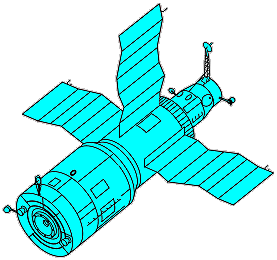 |
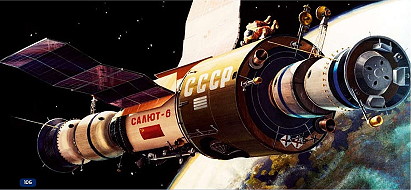 |
 |
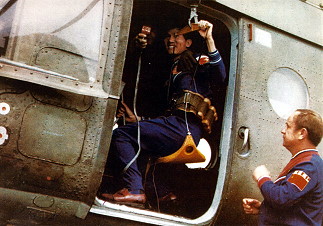 |
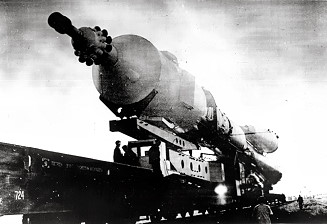 |
 |
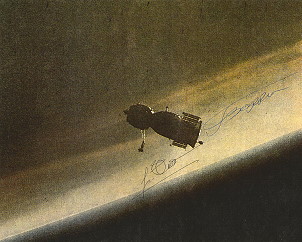 |
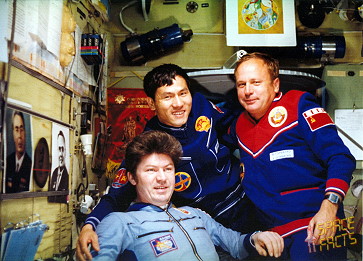 |
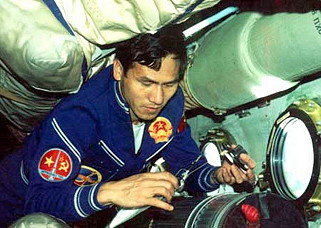 |
 |
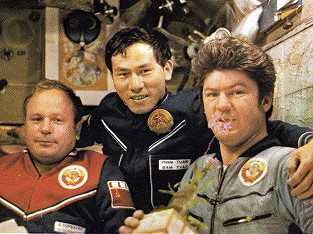 |
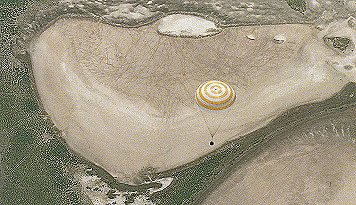 |
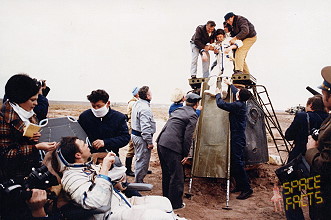 |
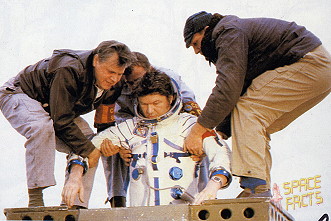 |
| © |  |
Last update on May 14, 2021.  |
 |